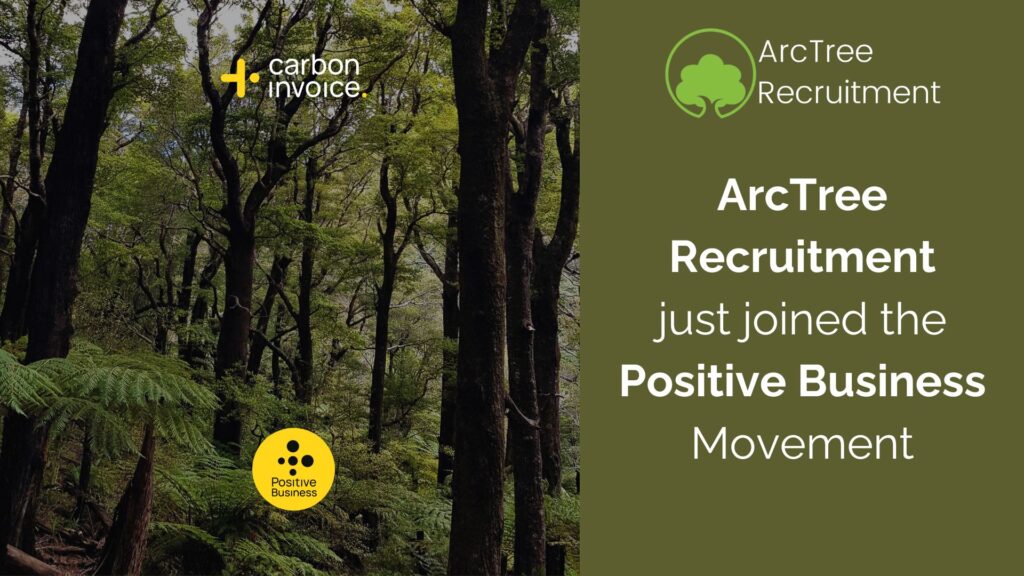Last week, we took a look at LinkedIn’s new Top Attractors list, that lists the top employers across the world and in various countries, including Australia.
Many of the factors mentioned by the top Australian employers quite clearly reflect what we already know about the ‘intangibles’ that employees really want at work, such as:
- Flexibility
- Meaning and purpose
- Opportunities for growth
- Opportunities for innovation
- Autonomy
- Good managers and leaders
- Shared values
Let’s take a look at each of these factors and how organisations are using them to attract, motivate and retain their employees.
1. Flexibility
PWC, number 2 in the list of Australia’s top employers, recently offered ‘total flexibility’ to all of its employees. The focus is on individual circumstances and inclusivity: employees choose what kind of work schedule suits them best, to help both them and the organization achieve their goals.
Some might work truncated full-time weeks, or partly from home, or in the mornings and evenings – whatever fits in best with their obligations to their employer and their own life goals.
Many of the top 25 are on their way to achieving something similar. At its heart, flexibility is about mutual trust and respect: the organisation trusting that employees want to do their best work regardless of where and when they do it, and respecting that giving them time to meet their external obligations leads to a healthier work-life balance and more productive and engaged employees.
2. Meaning and purpose
The No. 1 Australian employer, KPMG, embarked on a campaign several years ago to encourage its employees to connect their jobs with a higher purpose. It began with a historical video showing KPMG’s involvement in historic events, such as managing the Lend-Lease Act to help defeat Nazi Germany and certifying the election of Nelson Mandela in 1994.
They then challenged their employees to tell stories – from the bottom up rather than top-down – of how their work contributes to the world. It was a hugely successful campaign: while they hoped to receive 10,000 stories by November, they surpassed that goal in June.

ONE OF THE FIRST POSTERS CREATED BY KPMG TO LAUNCH ITS HIGHER PURPOSE INITIATIVE (LEFT) AND TWO EXAMPLES OF THE MORE THAN 42,000 PURPOSE STORIES SHARED BY EMPLOYEES. COURTESY OF KPMG
3. Opportunities for growth
I’m sure no-one will be too surprised to see this on the list. The majority of the top 25 talk loudly and proudly about the learning and development opportunities they offer, as well as stretch assignments and career progression pathways.
If you’re a smaller business, it can be challenging to find ways to offer growth opportunities, particularly if individual departments are small. You can still help employees develop and grow by offering training opportunities, title changes to reflect increased skills and responsibilities, cross-functional assignments, peer tutoring and reverse mentoring.
4. Opportunities for innovation
Commonwealth Bank, number 3 in the list, say they have a ‘bottom up’ approach to generating ideas. Their Innovation Lab, launched in 2014, is a place where ‘along with our customers, we can explore ideas, test concepts, develop solutions and turn today’s imagination into tomorrow’s ground-breaking innovations’.
The 7th top attractor, Qantas, held its first ‘hackathon’ in 2015, giving developers an opportunity to work on solving problems in their own unique ways, to encourage and inspire innovation. REA and Telstra, also in the top 25, offer regular, cross-functional ‘hack days’ as well.
Innovation is, of course, rather a buzzword these days, but that doesn’t lessen its importance. Clearly all businesses need to innovate, and employers who encourage their people to voice their ideas and explore them further benefit from a much broader, often untapped source of positive improvement.
5. Autonomy
A good working definition of autonomy is giving people the power to shape their work environment in ways that allow them to perform at their best. And, as Dan Pink and others have shown, giving people autonomy taps into their intrinsic motivation and leads to increased productivity and engagement.
Workplace flexibility and – as Westpac and others have done, offering employees a choice of work ‘neighbourhoods’ so they can choose where they work and with whom – go some way towards giving employees autonomy. It’s also inherent in giving employees free time to participate in hack days, or incubate their own projects or mini-start-ups. As ANZ’s HR chief Susie Babani says, ‘To attract and retain the digital generation, we need to be open to molding work around them rather than demanding them to mold around us.’
6. Good leaders & managers
According to the Censuswide survey that accompanied LinkedIn’s Top Attractors list, the fifth most important factor that Australian employees consider when deciding whether to work for a company was their prospective manager.
With all of the focus on the perhaps more fashionable items such as innovation and flexibility, it’s not a factor that was specifically mentioned by any of the Top 25. Yet we know from experience and years of research that the calibre of its leaders plays a pivotal role in employee and company productivity, engagement and tenure.
Good managers are also good leaders: they’re emotionally intelligent and able to inspire and motivate their people to perform at their best. And they’re also able to develop a relationship of mutual respect and trust with their teams and provide their people with opportunities for autonomy, growth and flexibility.
7. Shared values
The Censuswide survey also reportedly found that 67% of Australian workers wouldn’t tolerate a company whose mission and purpose didn’t align with their own values. 70% were willing to work for less pay to work for a company whose values did align with their own.
Many of the top 25 are offering paid days off for their employees to volunteer or contribute to causes they care about. Deloitte says that in 2015, employees spent 340,000 hours on pro bono assignments, and over 820,000 volunteering.
It’s important to note that while organisations can give people time to support causes they care about, or paid or unpaid leave when they need it, or flexible work options, ultimately shared values means something bigger than that.
At its core, it’s about making sure that the organisation and its employees agree on the ‘big picture’ items, such as the overall vision and mission. When you know what your values are and can articulate them clearly, it’s easier to find people who share those values and will, in turn, be more committed and engaged.
Bringing it all together
While there’s certain factors listed by the Top 25 employers that are close to universal – for example, most employees want flexibility, autonomy and share values – what these look like for your business is a different question. And it’s quite likely there are other areas you may not have identified yet that are contributing to less than optimal productivity, engagement and retention for your business.
The best way to find out what your employees really want doesn’t require the big data LinkedIn has at its fingertips, or years of research from organisational psychologists. You just need to ask them.
We can work with you to develop a survey process that encourages honesty and openness from employees about what they really think about their workplace and the ‘soft’ or intangible factors that are influencing your bottom line, your organisation’s success and its profitability.
Please contact us for an obligation-free discussion that will start you on the road to improving the metrics that matter to your business.











